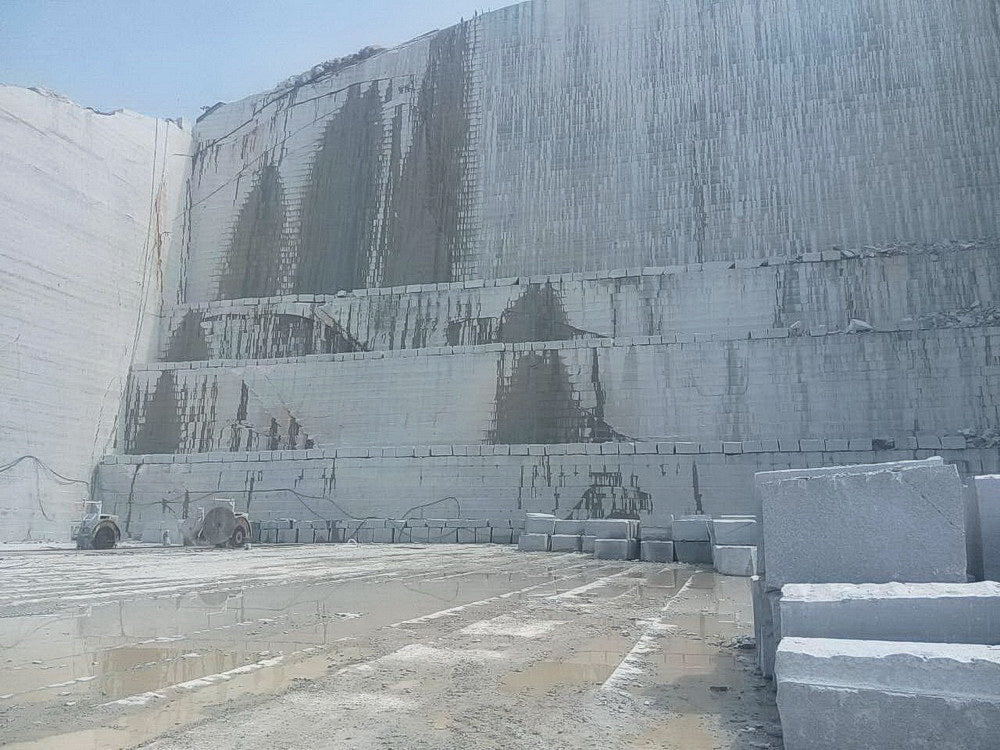Revealing Granite Quarries in South Africa Tradition: A Trip With Quarries
Revealing Granite Quarries in South Africa Tradition: A Trip With Quarries
Blog Article
Revealing the Mysteries of Granite Quarrying: Where Toughness and Style Meet
The world of granite quarrying is a realm where the raw stamina of nature merges with human virtuosity to create structures that stand the test of time with an air of sophistication. From the midsts of quarries to the meticulous polishing in workshops, the process of transforming granite into building wonders is an intricate dancing of tradition and development. As we peer into the depths of this ancient craft, we start to discover the surprise details that form the very essence of our built environment.
The Origins of Granite Quarrying
In the annals of building history, the origins of granite quarrying are shrouded in a tapestry of ancient craftsmanship and geological marvels. Dating back to old Egypt and Mesopotamia, the removal of granite from quarries noted the start of a trip that would at some point bring about the production of several of the globe's most famous frameworks.
Granite quarrying's origins can be traced to the proficient craftsmens who recognized the stone's resilience and aesthetic allure. Via a mix of primitive devices and sheer decision, these early quarry employees uncovered granite blocks that would certainly end up being the foundation of civilizations.
As civilizations evolved, so did the techniques of quarrying granite. The Romans, renowned for their design expertise, established sophisticated methods for extracting granite to construct monoliths, temples, and roads that stood the examination of time.
The heritage of these ancient quarrying practices remains to form contemporary design, with granite remaining an icon of stamina and beauty in construction tasks around the world. (granite quarries in south africa)
Tools of the Quarrying Profession
The development of granite quarrying methods from ancient civilizations to contemporary times highlights the vital role played by the devices of the quarrying trade in forming the market's practices. In old times, quarrying tools were rudimentary, usually containing knives, hammers, and wedges made from materials like bronze or iron. These devices needed significant workforce and time to extract granite obstructs from quarries.

Additionally, the intro of pneumatically-driven devices and high-powered equipment has substantially minimized the physical labor needed in quarrying operations, enhancing worker security and efficiency. As the quarrying industry continues to introduce, the devices of the trade remain at the forefront of driving progression and forming the future of granite extraction.
Extracting Blocks of Granite
Making use of precision equipment and advanced strategies, the extraction of granite obstructs from quarries has become an advanced process in the contemporary quarrying industry. Managed blasting methods are then utilized to damage apart the granite into convenient sections.

Sprucing Up and Completing Techniques
To attain a flawless surface area on granite blocks, skilled artisans use a series of precise sprucing up that site and ending up techniques. After the preliminary removal and shaping processes, the granite obstructs undertake an extensive polishing stage to boost their all-natural charm and toughness.
In enhancement to sprucing up, ending up methods are applied to further refine the granite's look. By carefully choosing and applying these polishing and completing techniques, craftsmens can change raw granite obstructs right into exquisite pieces that showcase both stamina and sophistication.

Environmental Influence and Sustainability
With the growing emphasis on environmental awareness in the market, granite quarrying techniques are increasingly scrutinized for their impact on natural resources and long-lasting sustainability. Furthermore, the transport of granite from quarries to refining centers creates carbon exhausts, further contributing to environmental degradation.
To mitigate these impacts and guarantee sustainability in granite quarrying, market stakeholders are embracing different steps. Carrying out sophisticated innovations to minimize energy usage and water usage, reclaiming quarried land for my latest blog post ecological remediation, and promoting responsible sourcing techniques are some strategies being used. Qualifications such as the Woodland Stewardship Council (FSC) and the Leadership in Energy and Environmental Layout (LEED) assistance consumers identify eco pleasant granite products.
Final Thought
To conclude, granite quarrying is a procedure that requires specialized devices and techniques to remove blocks of granite and polish them to a high degree of finish. While the ecological effect of quarrying can be substantial, efforts are being made to boost sustainability methods in the sector. Generally, granite quarrying is a fragile balance in between utilizing the toughness and beauty of this all-natural stone while lessening its effect on the atmosphere.
Report this page